Table of content
- Honey: Nature’s Liquid Gold
- Maple Syrup: A North American Twist
- Coconut Sugar: Tropical Sweetness
- Brown Sugar: Molasses-Rich Depth
- Agave Nectar: Vegan-Friendly Sweetness
- Dates: Natural Sweetness Bombs
- Apple Juice Concentrate: Fruity Freshness
- Fresh Fruits: Pear or Apple Chunks
- Vanilla Extract or Bean
- Almond Milk or Coconut Milk
- Reduce the Liquid
- Roast Ingredients First
- The Soup Tastes Bland
- The Texture Is Too Thin
- The Sweetness Is Overpowering
- Low-Glycemic Options
- Plant-Based Alternatives
- Middle Eastern Inspiration
- European Elegance
- Latin American Flair
Introduction
Snow fungus soup, a cherished dessert in many Asian cuisines, is prized for its delicate texture, soothing properties, and subtle sweetness. Traditionally, rock sugar (bing tang) is used to balance the earthy flavor of snow fungus and create a harmonious taste. However, what happens when you’re mid-recipe and realize you’ve run out of this key ingredient? Fear not! This article explores creative, kitchen-friendly substitutes and techniques to rescue your soup, ensuring it remains a delightful treat without compromising flavor or texture. We’ll delve into alternative sweeteners, unexpected flavor enhancers, and even adjustments to cooking methods. By the end, you’ll discover that lacking rock sugar isn’t a culinary dead end—it’s an opportunity to innovate.
Understanding the Role of Rock Sugar in Snow Fungus Soup
Before diving into substitutes, it’s essential to grasp why rock sugar is traditionally used. Unlike granulated white sugar, rock sugar is minimally processed, retaining trace minerals and imparting a clean, mild sweetness that doesn’t overpower the soup’s subtle flavors. Its slow dissolution also allows for even sweetness distribution. When substituted, the goal is to mimic this balance while introducing complementary notes.

Alternative Sweeteners: Beyond the Obvious
Honey: Nature’s Liquid Gold
Honey’s floral sweetness and viscosity make it an excellent substitute, though its flavor profile will alter the soup’s taste. Opt for mild, light-colored varieties like clover or acacia honey to avoid overpowering the dish.
- How to Use: Add honey after cooking, as high heat can destroy its beneficial enzymes and create a bitter aftertaste. Stir 1–2 tablespoons into the soup once it’s cooled to 140°F (60°C) or below.
- Pro Tip: Pair honey with a splash of lemon juice to brighten the flavors and mimic the clarity rock sugar provides.
Maple Syrup: A North American Twist
Pure maple syrup adds a rich, caramel-like depth. Choose Grade A syrups (amber or dark) for robust flavor.
- How to Use: Similar to honey, add maple syrup post-cooking. Start with 2–3 tablespoons and adjust to taste.
- Pairing Suggestion: Combine with a pinch of cinnamon for a warming, autumn-inspired soup.
Coconut Sugar: Tropical Sweetness
Derived from coconut palm sap, this unrefined sugar has a toffee-like taste and a lower glycemic index than white sugar.
- How to Use: Dissolve coconut sugar in a small amount of hot water or broth before adding it to the soup. Use a 1:1 ratio to rock sugar.
- Texture Note: It may slightly darken the soup’s color, but this imparts a rustic charm.
Brown Sugar: Molasses-Rich Depth
Light or dark brown sugar can work, though dark brown sugar’s molasses content will add a robust, almost smoky note.
- How to Use: Add during cooking to allow the molasses to meld with the soup. Use sparingly—start with ¾ the amount of rock sugar called for.
- Flavor Hack: For a caramelized twist, gently caramelize the sugar in a dry pan before dissolving it into the soup.
Agave Nectar: Vegan-Friendly Sweetness
Agave’s neutral taste and thin consistency make it a seamless substitute, though it’s sweeter than sugar, so use less.
- How to Use: Add 1–1.5 tablespoons post-cooking. Its thin texture ensures easy blending.
- Health Consideration: Agave has a high fructose content, so moderation is key.
Dates: Natural Sweetness Bombs
Medjool or Deglet Noor dates add fiber, vitamins, and a fudgy sweetness.
- How to Use: Soak 4–5 pitted dates in hot water for 10 minutes, then blend into a paste. Stir into the soup during the last 15 minutes of cooking.
- Texture Tip: For a smoother soup, strain the date puree through a fine mesh.
Apple Juice Concentrate: Fruity Freshness
Unsweetened apple juice concentrate offers a tangy-sweet kick and acidity to balance richness.
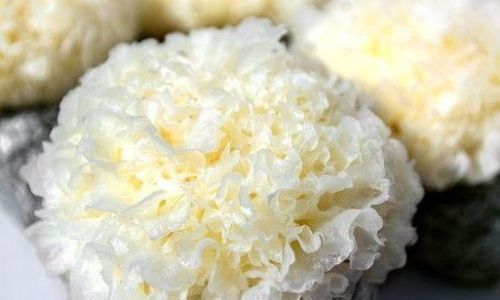
- How to Use: Add 2–3 tablespoons during cooking. Pair with a cinnamon stick for a cozy flavor profile.
Non-Sweet Alternatives: Enhancing Flavor Without Sugar
Fresh Fruits: Pear or Apple Chunks
Sliced pears or apples release natural sugars during cooking, adding a gentle sweetness.
- Method: Add ½ cup diced fruit during the last 20 minutes of simmering. The fruit will soften, infusing the broth with fruity notes.
- Variation: Use dried fruits like apricots or goji berries for concentrated sweetness.
Vanilla Extract or Bean
A splash of vanilla elevates the soup’s aroma, making it feel more luxurious.
- How to Use: Add 1 teaspoon of vanilla extract or scrapings from ½ a vanilla bean during cooking.
Almond Milk or Coconut Milk
For a creamy twist, substitute a portion of the water with unsweetened almond or coconut milk. The natural fats add richness, reducing the need for excess sugar.
- Ratio: Replace up to 25% of the liquid with milk alternative.
Adjusting Cooking Techniques
Reduce the Liquid
Simmering the soup longer can concentrate natural flavors, reducing the perceived need for sweetness.
- Method: After the snow fungus is tender, uncover the pot and simmer for an additional 10–15 minutes to thicken the broth.
Roast Ingredients First
Lightly roasting ingredients like goji berries or lotus seeds before cooking deepens their flavors, creating a more complex base that requires less sweetness.
- Technique: Toast ingredients in a dry pan over medium heat until fragrant, then proceed with the recipe.
Troubleshooting Common Issues
The Soup Tastes Bland
- Solution: Boost umami with a pinch of salt or a splash of soy sauce (if the flavor profile allows). Alternatively, add a small piece of kombu (dried kelp) during cooking for depth.
The Texture Is Too Thin
- Fix: Thicken with a cornstarch slurry (1 tsp cornstarch + 1 tsp water) or a spoonful of chia seeds, which also add nutritional value.
The Sweetness Is Overpowering
- Counteract: Balance with acidity—a squeeze of lime or a splash of rice vinegar.
Health-Conscious Modifications
Low-Glycemic Options
For diabetics or those monitoring sugar intake, substitute with monk fruit sweetener or stevia. Use sparingly, as these are far sweeter than sugar.
- Ratio: 1 tsp monk fruit = 1/4 cup rock sugar.
Plant-Based Alternatives
Date syrup, yacon syrup, or coconut nectar cater to vegan diets while adding unique flavors.
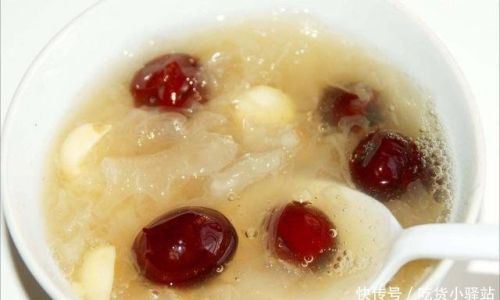
Cultural Twists: Globalizing Snow Fungus Soup
Middle Eastern Inspiration
Add a pinch of cardamom, a handful of raisins, and a drizzle of rosewater for a Moroccan-inspired twist.
European Elegance
Incorporate a cinnamon stick, star anise, and a splash of orange juice for a mulled wine-esque soup.
Latin American Flair
Stir in a splash of guava nectar, a sprinkle of toasted coconut, and a cinnamon stick for tropical vibrancy.
Conclusion: Embrace the Unexpected
Running out of rock sugar isn’t a culinary crisis—it’s a chance to explore new flavors and techniques. Whether you opt for honey’s floral notes, dates’ fudgy sweetness, or a splash of apple juice concentrate, each substitute brings its own character to the dish. Experimentation is key, and remember: the best recipes are often born from improvisation. Next time you’re faced with an empty sugar jar, view it as an invitation to creativity. Your snow fungus soup might just become a new family favorite, all thanks to a little kitchen ingenuity.
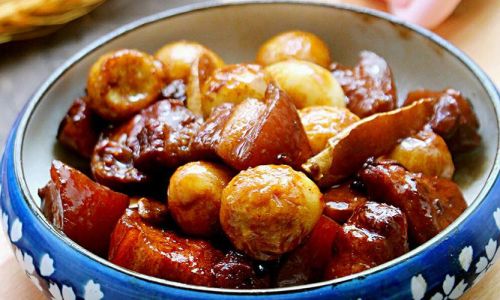

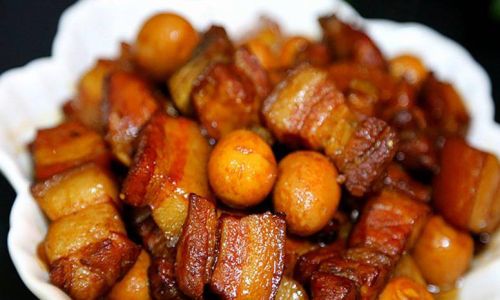
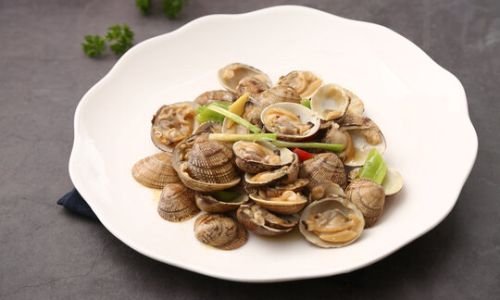
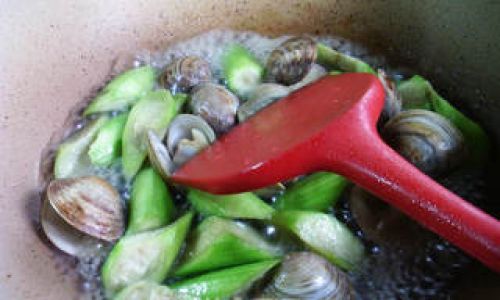
0 comments